From illustrating ‘organised chaos’ to creating VFX for film productions, Maurizio De Angelis takes us on a journey through his life and career.
Maurizio De Angelis
Illustrating the vast micro-landscape
At what age did you first realise you had a creative interest?
I have always been very much into drawing and colouring since I was in primary school.
When I was about 12 my interests took a more serious direction and by this time I had to decide which path to take. It was a no-brainer for me going to the Art School, which in Italy is called ‘Liceo Artistico’ and starts at 14 years old.
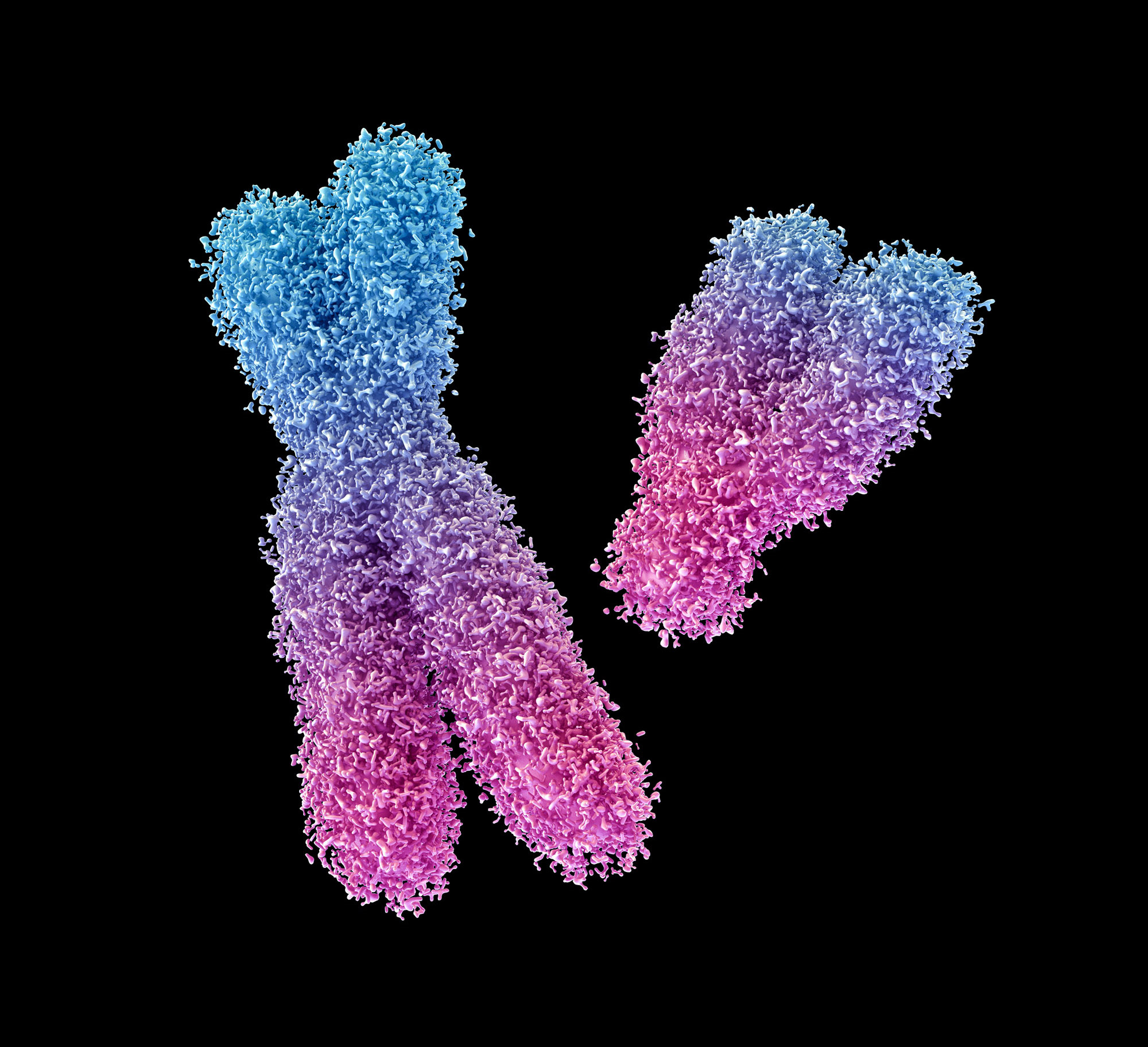
What drew you to the field of computer illustration?
My first experience in computer illustration is from the early 80s when my father bought a Spectrum computer. I was probably 7 years old. I used to spend my time copying strings of code in BASIC (a programming language) from print magazines that were issued once a week.
It was all about creating some very simple geometry animations changing shapes and colours overtime, but it was incredibly exciting as it was the future!
Where do you find inspiration to illustrate your ideas?
I find inspiration everywhere, from the myriad of forms present in nature to manmade structures and materials.
I am extremely fascinated by the scanning electron microscope (SEM) images that reveal an entire hidden universe, an incommensurably vast micro-landscape filled with unusual shapes and forms.
I also take inspiration from close-up images of animals, plants, fungi, underwater patterns present in corals, starfish, radiolarians and diatoms. I like to call this order in nature an “organised chaos” which is a contradiction in terms.
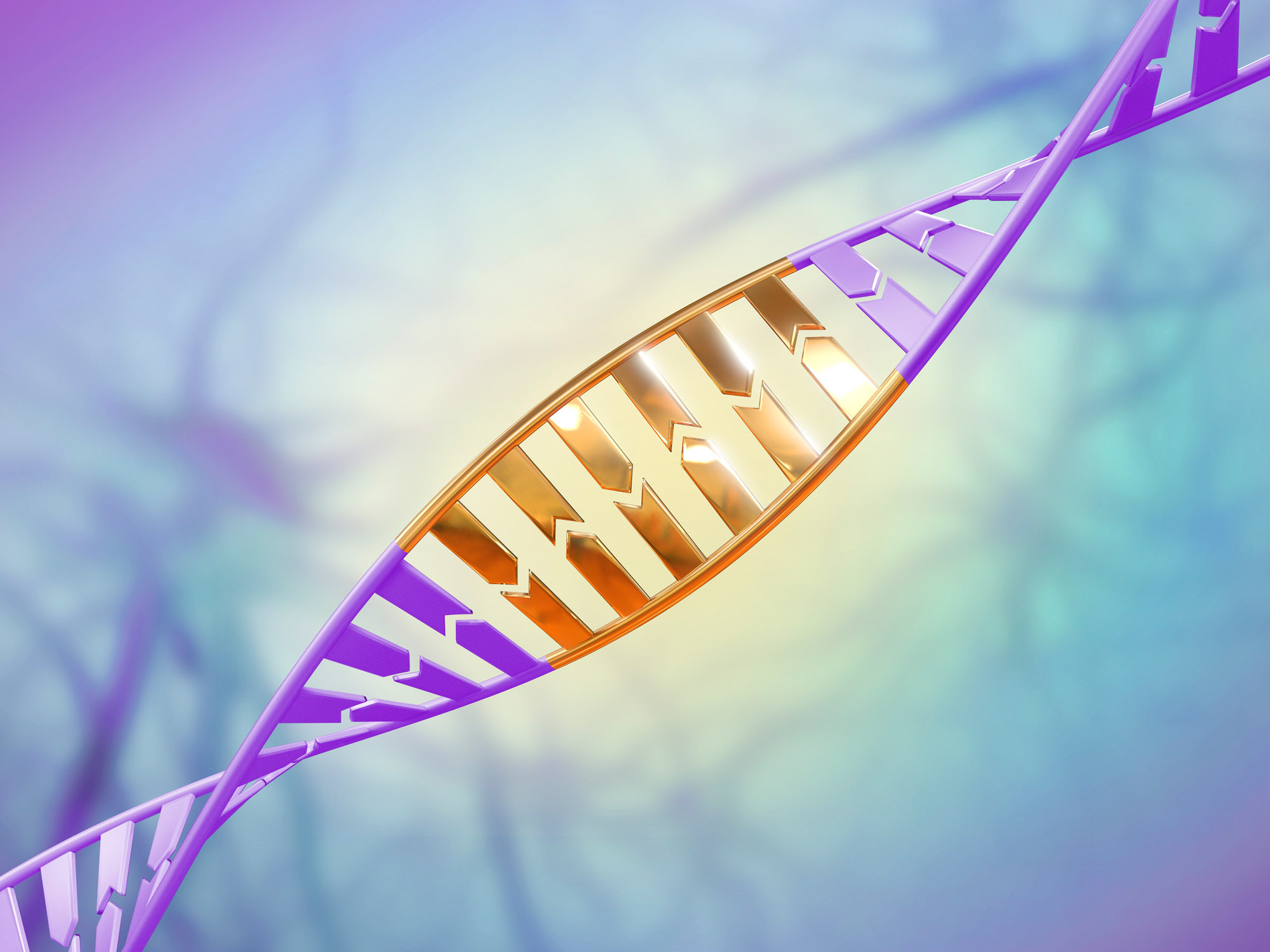
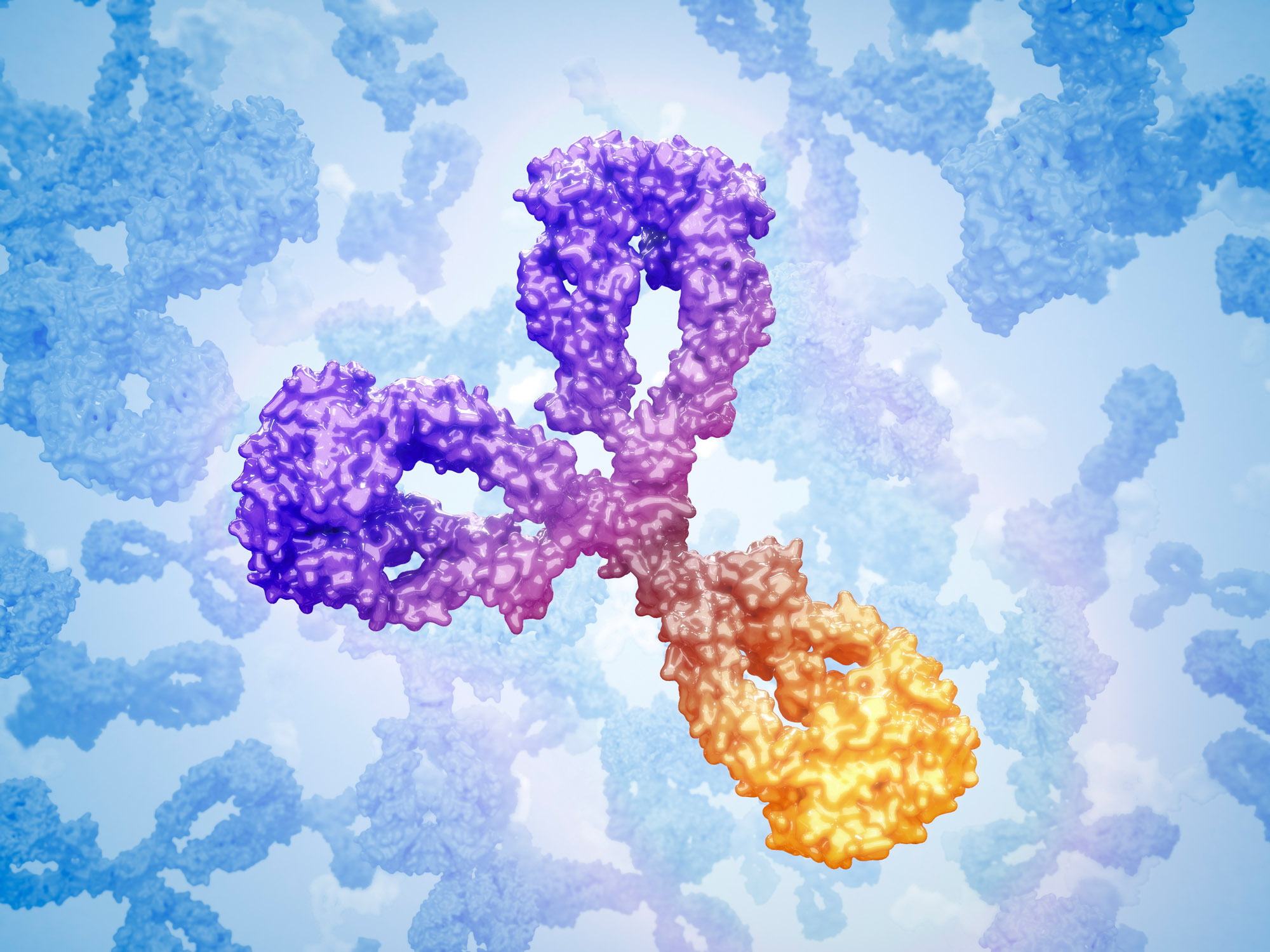
What ideas do you like to communicate?
After choosing a subject, my first objective as an artist is to make beautiful illustrations, rich in colours and highly appealing; the aesthetic aspect always comes first for me. For instance, in my collection there are many deadly cancer cells that are portrayed as colourful as cupcakes! Difficult to perceive them as ‘beautiful things’ I suppose?
The second most important aspect is that scientific and medical illustrations must be correct in terms of what they need to represent. I do a lot of research before making an illustration. It is very important for me as a professional artist.
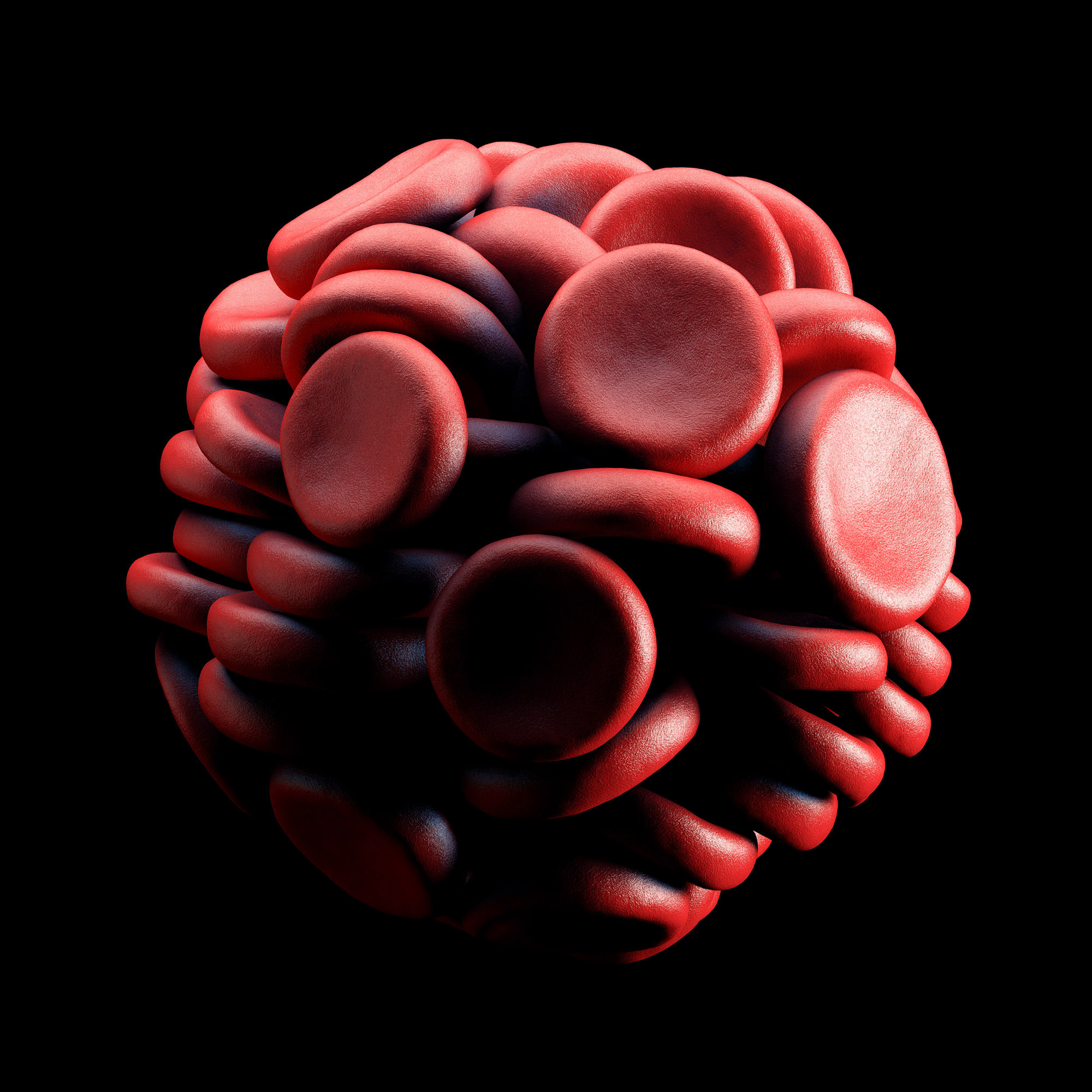
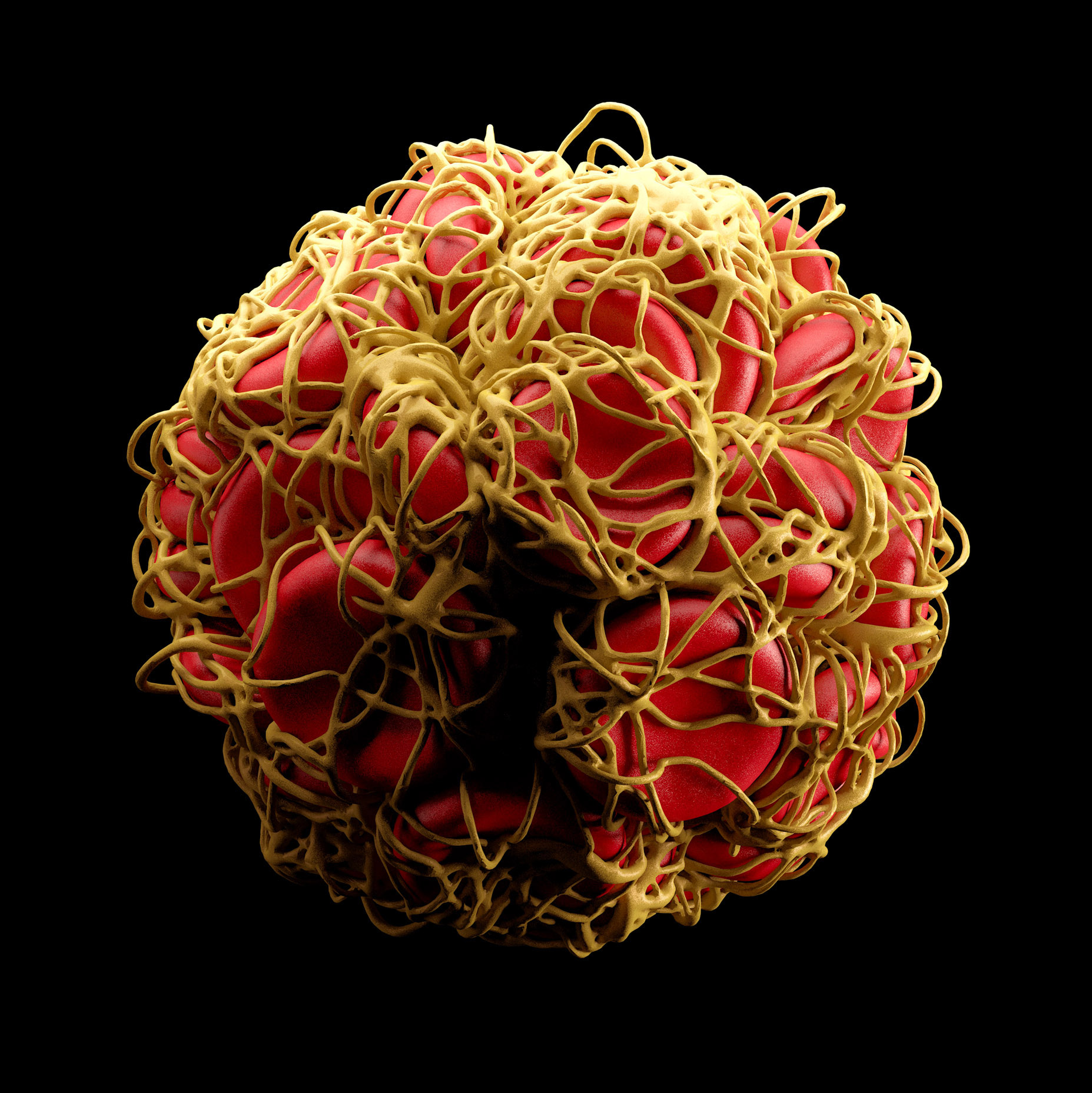
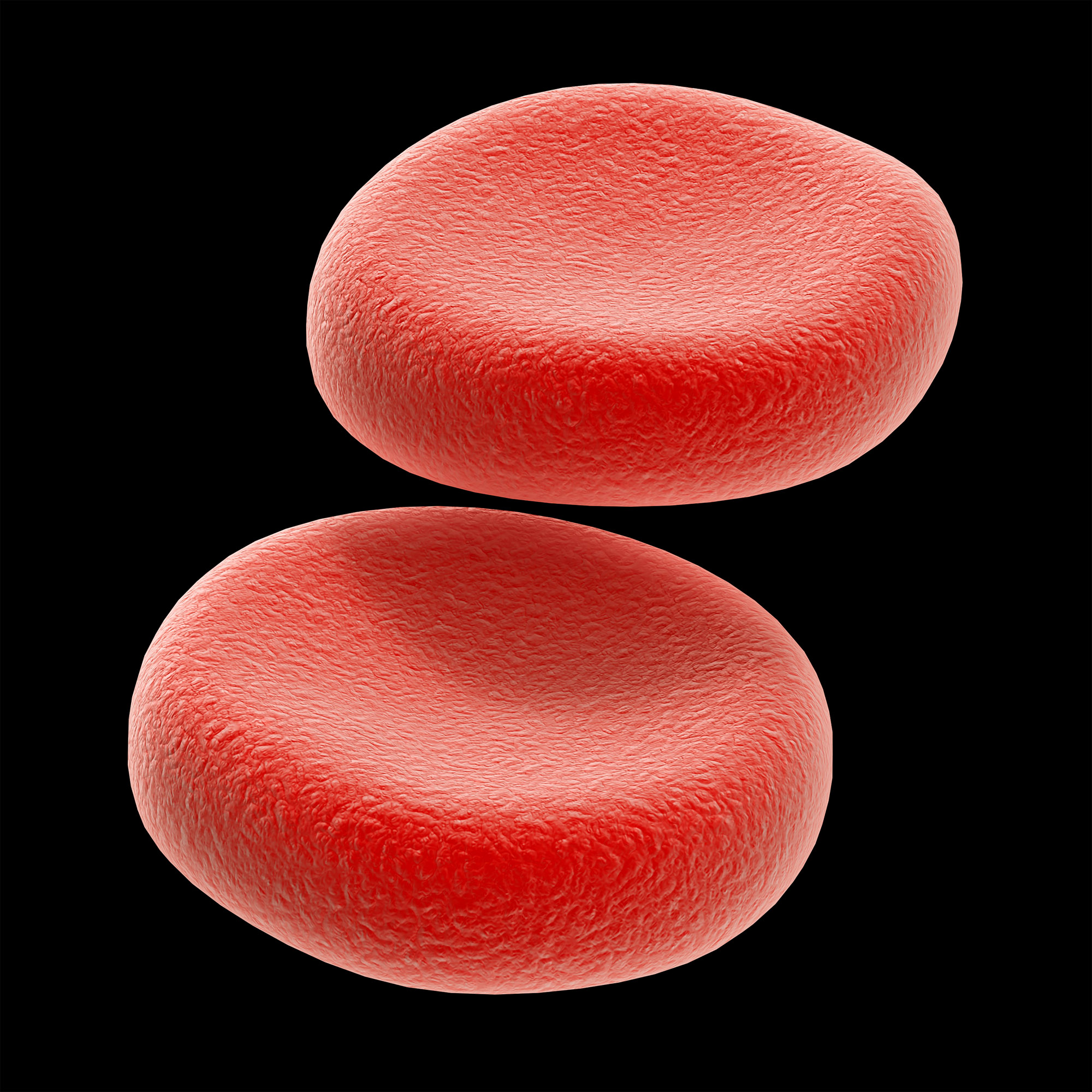
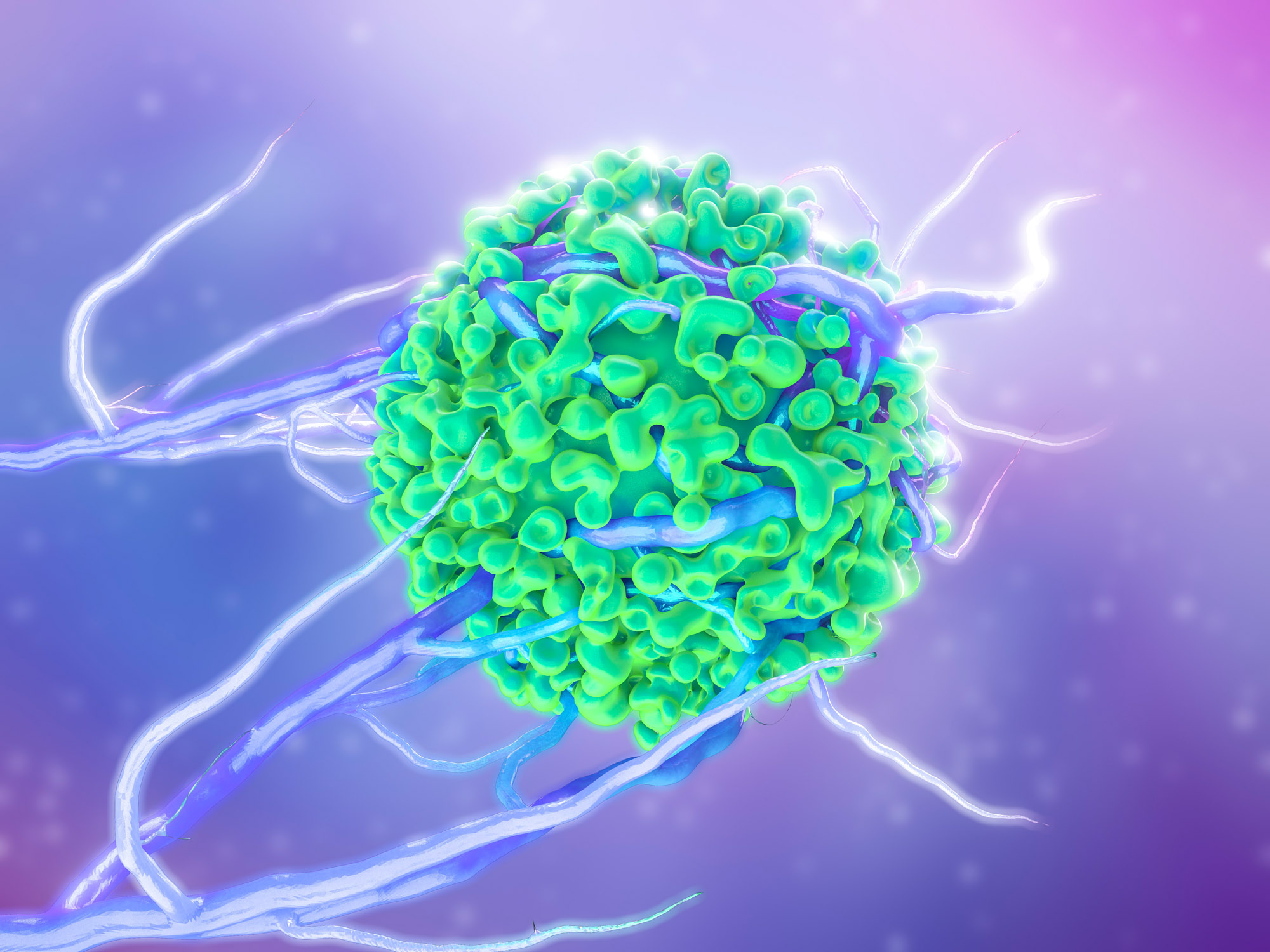
What are you working on at the moment?
Apart from feeding my SPL collection on a regular basis and teaching online courses of Procreate through Skillshare and Udemy, I work as a 3D modeller for a major film visual effects and production company in London, called the Moving Picture Company.
Who are your artistic influences?
I was born and studied in Rome surrounded by some of the world’s most celebrated art and architecture. I studied Fine Art, specialising in traditional painting, at the Accademia delle Belle Arti. My artistic influences have always been the art from the past, which allowed me to build an aesthetic sense and an understanding of ‘beauty’.
However, there is a multitude of artists that are barely known or recognised by the public and these are the scientific and naturalistic illustrators who filled thousands of books from the Middle Age until the invention of photography. The work and level of skills of those artists are something that today it’s difficult to fully appreciate. I have much respect and admiration towards this category of artists.



When did you first realise your work was well received?
I say this in a most humble way, but I am fortunate enough to have been always appreciated since Art school and throughout my career as an artist, illustrator and 3D modeller. It gives me a sense of pride in a way as I really worked hard for my entire life, and still do.
How challenging and time consuming is the process of creating?
According to the complexity of the scene an illustration can be extremely challenging to make. However, the most difficult aspect for me is to be able to recreate an image that appears in my mind for a split second. Being able to translate this fleeting feeling into an image is really hard at times.
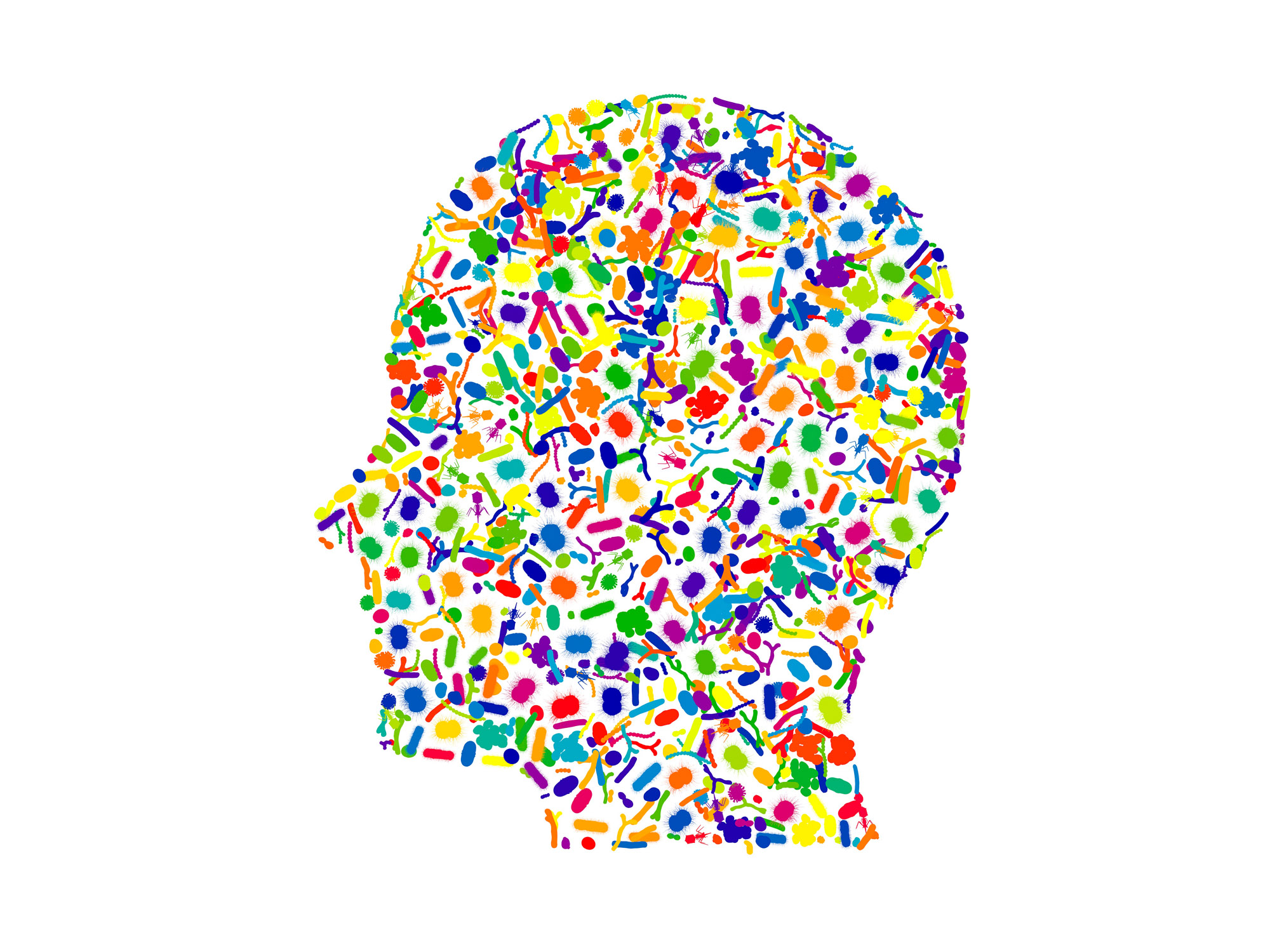
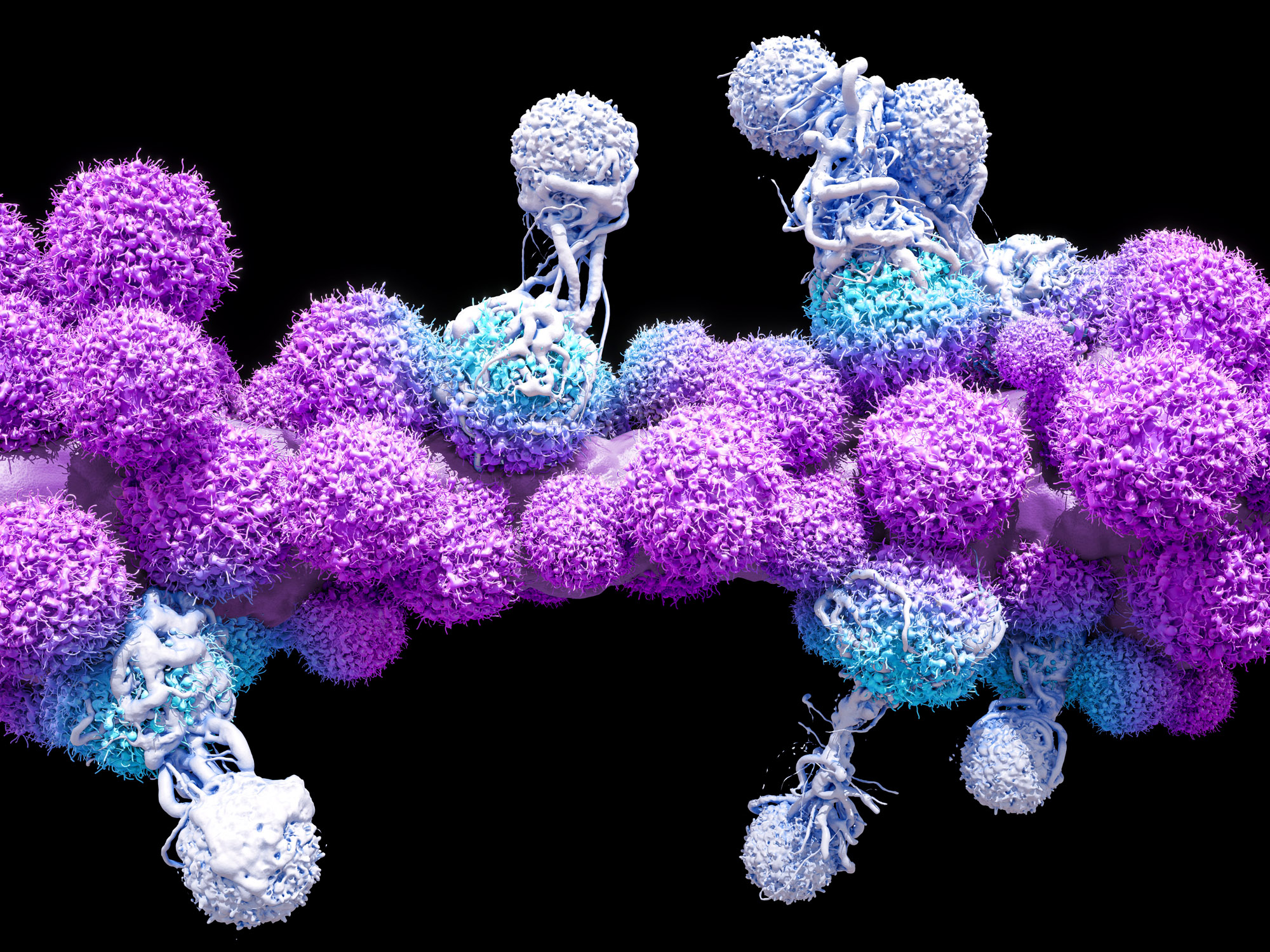
What do you consider your best/favourite image in your collection?
I particularly like this illustration, which represents the fight between T-cells and cancer cells. It’s at the same time a simple but powerful image.
It also has a personal meaning as I am myself a cancer survivor.
How do you see technological developments influencing the direction of your work in the future?
The majority of illustrations I created have been done using 3D software, so technology plays a huge role in my workflow.
The latest graphic video cards allow the management of millions of elements populating a scene, and everything can be controlled through commands.
Technology is moving forward continuously, so a scientific illustrator must follow along.
How do you see the image market for your work developing?
Being a scientific illustrator can be particularly challenging at times, especially if someone lives – like myself – in one of the most expensive cities in the world.
The reason for that is in part due to the abundance of images that live on the Internet which means they can be used by the media instead of commissoning custom made illustrations.
Having said that, I particularly focus on commercial images where scenes are more spectacular than traditional medical illustrations used for educational purposes.


























